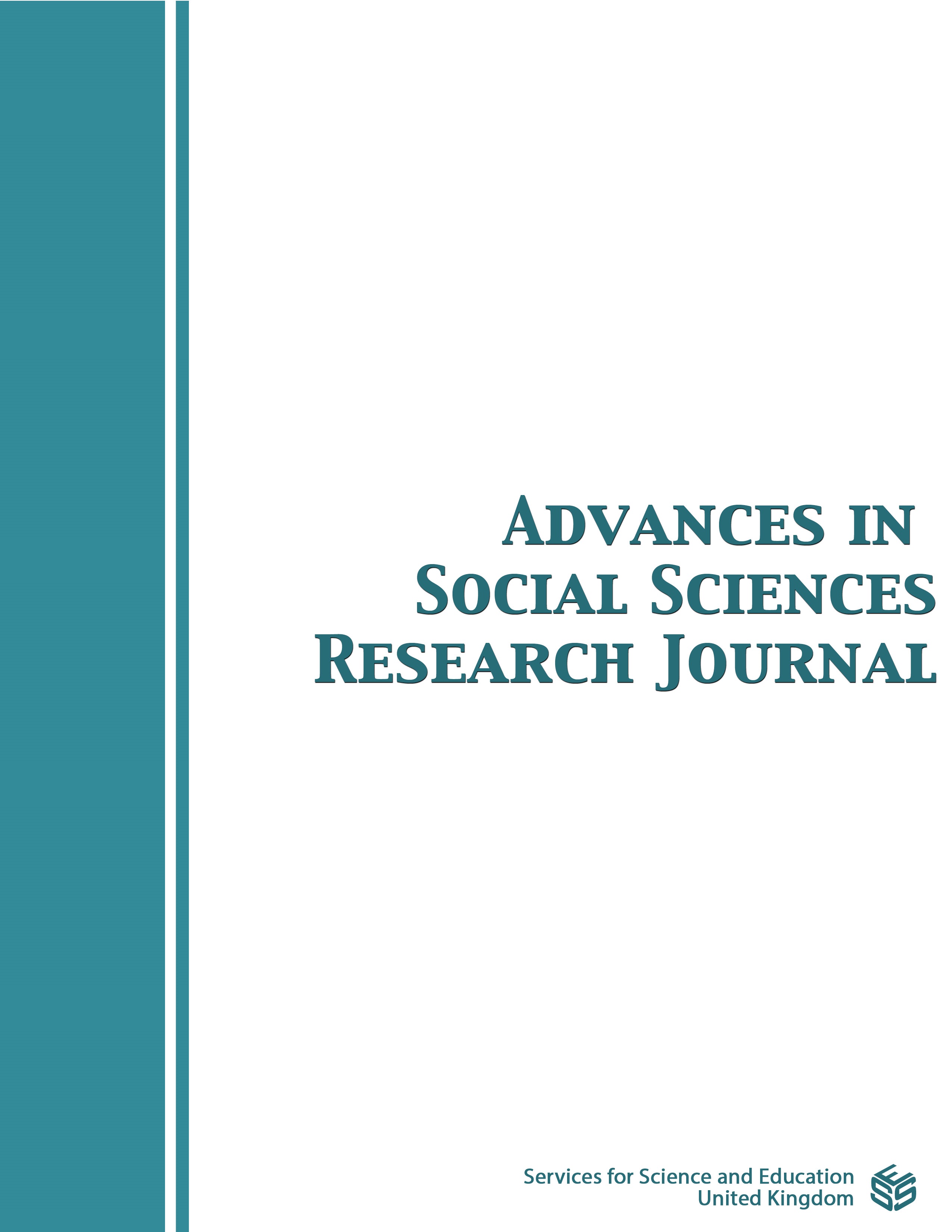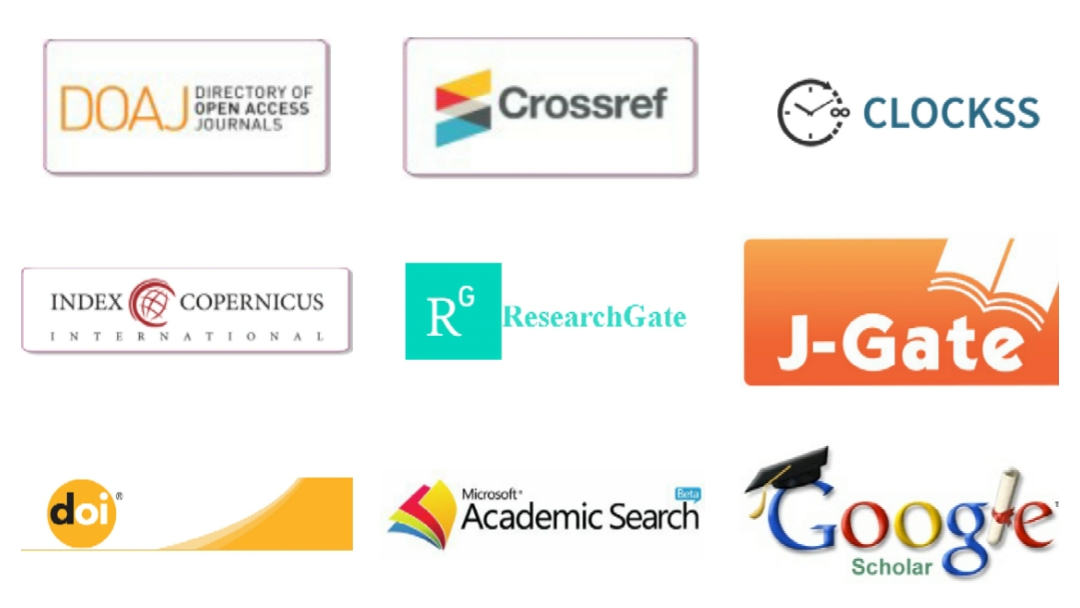Social Integration and Academic Persistence of First-Generation African American Female College Students at PWIs
DOI:
https://doi.org/10.14738/assrj.1202.18291Keywords:
Social integration, FGAMFCS, Student persistence, Predominantly White Institutions, Supportive peer relationships, Faculty mentorshipAbstract
For First-Generation African American Female College Students (FGAMFCS) to continue in their education, they need to feel included into the institutions’ social structure. However, there is only limited research specifically exploring this dynamic. Social isolation, lack of support, and exclusionary campus environments hinder FGAMFCS’ ability to thrive academically. This study investigates social integration and its influence on the persistence of FGAMFCS at public Predominantly White Institutions (PWIs) in the United States. Using Tinto’s (1993) Student Integration Model, the study conducted in-depth interviews with 15 conveniently selected sophomore FGAMFCS a public PWI. Thematic analysis revealed that strong peer networks and meaningful faculty connections bolster resilience and a sense of belonging among FGAMFCS. However, many participants identified institutional barriers, such as limited culturally relevant support groups, that exacerbate feelings of social exclusion and isolation. The findings underscore the importance of developing inclusive social programs and support services that address the unique needs of FGAMFCS at PWIs. By enhancing social integration pathways, PWIs can support the success of FGAMFCS and contribute to a more equitable higher education environment.
Downloads
Published
How to Cite
Issue
Section
License
Copyright (c) 2025 Pamela Fells, Walter A. Brown

This work is licensed under a Creative Commons Attribution 4.0 International License.
Authors wishing to include figures, tables, or text passages that have already been published elsewhere are required to obtain permission from the copyright owner(s) for both the print and online format and to include evidence that such permission has been granted when submitting their papers. Any material received without such evidence will be assumed to originate from the authors.






